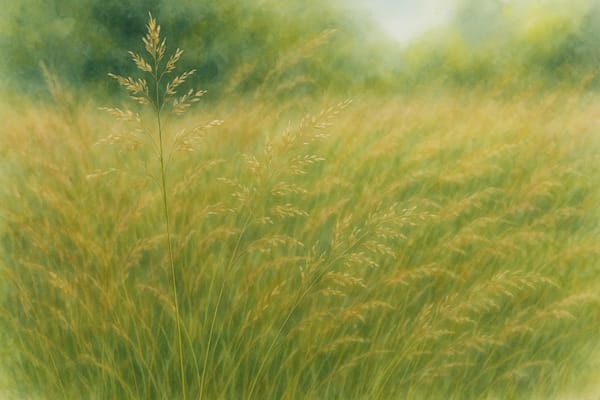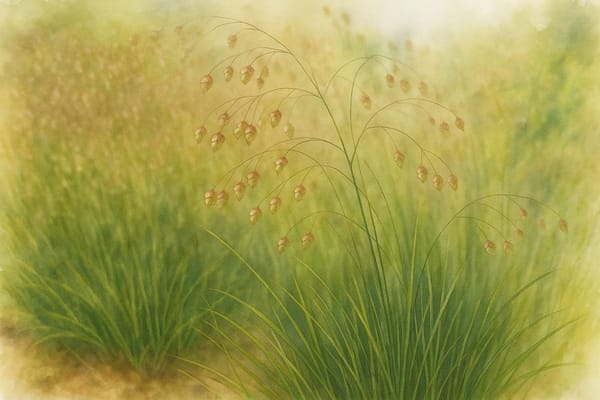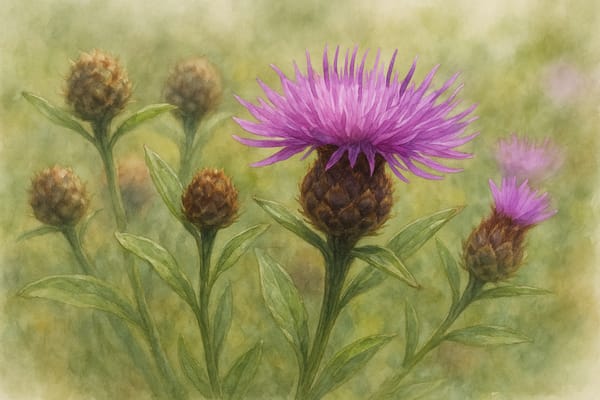A Bold Bloom of Myth, Shoreline, and Survival
Historical and Cultural Significance
Windswept and vivid, the yellow horned-poppy is one of the most evocative sights of the British coastline. Flourishing on shingle and sand, it stands as both botanical survivor and a wild muse of coastal folklore.
Symbol of the Margins:
With its horn-shaped seed pods and golden blooms, this striking plant is deeply rooted in British and Cornish coastal identity. Named for its unusual seed capsules, it thrives where land meets sea, often in places few other plants dare.
Folklore & Mythology:
In Greek myth, it was linked to Morpheus, the god of dreams, thought to hold the power to bring sleep and visions. In British lore, its ties to death and transition—common to the poppy family—made it a flower of the afterlife and liminal spaces.
Traditional Uses:
The yellow horned-poppy was used cautiously in folk medicine as a sedative and pain reliever. It contains glaucine, a natural alkaloid. Its bright pigment also served as a source of yellow dye in coastal crafts.
Coastal Conservation:
Beyond mythology, its real-world role in stabilising sandy soil and preventing erosion has made it ecologically invaluable. In Cornwall, it’s a beacon of the untamed coast and a symbol of resilience on shifting ground.
Growing Yellow Horned-Poppy in Coastal Gardens
Perfectly adapted to wild coastal weather, this poppy requires little care and rewards with bright blooms, structural beauty, and wildlife value.
| Requirement | Details |
|---|
| Light | Full sun; partial shade tolerated |
| Soil | Sandy, gravelly, or chalky; very well-drained |
| Water | Minimal; drought-tolerant once established |
| Salt Tolerance | Exceptionally high—thrives in exposed coastal sites |
| Hardiness | Hardy across the UK; resistant to salt, wind, and dry air |
Coastal Care Tips
- Best Sites:
Gravel beds, wild borders, rockeries, and erosion-prone banks—choose open, free-draining sites that echo its beachside heritage. - Sowing & Propagation:
Sow in autumn or spring, directly onto the soil surface or trays. Needs light to germinate. Germination can be slow—patience is key. - Minimal Watering:
Water only until young plants are established. Avoid rich or moist soil—too much care is counterproductive. - No Feeding Required:
Avoid adding fertiliser—this encourages leafiness at the expense of flowers. - Maintenance:
Deadhead to extend blooming. Leave some pods to mature if you’d like natural reseeding. Cut back stems in autumn if tidy growth is preferred. - Pest-Free:
Resistant to most pests and diseases; its waxy leaves deter herbivores.
Special Notes for Coastal Gardens
A top performer for exposed gardens, the yellow horned-poppy is more than ornamental. It plays a functional role in coastal ecology—anchoring soils, attracting pollinators, and embodying the myth and magic of the shore. Its bold presence evokes the timeless drama of Cornwall’s cliffs and beaches.
Quick-Glance Table
| Step | Traditional Tip |
|---|
| Soil & Sun | Dry, free-draining, full sun; avoid rich or water-retentive soils |
| Sowing | Scatter on surface in spring/autumn; light touch, patience for germination |
| Watering | Minimal once established |
| Maintenance | Deadhead for more blooms; allow reseeding for natural effect |
| Coastal Benefit | Anchors soil, supports pollinators, resists wind and salt |











